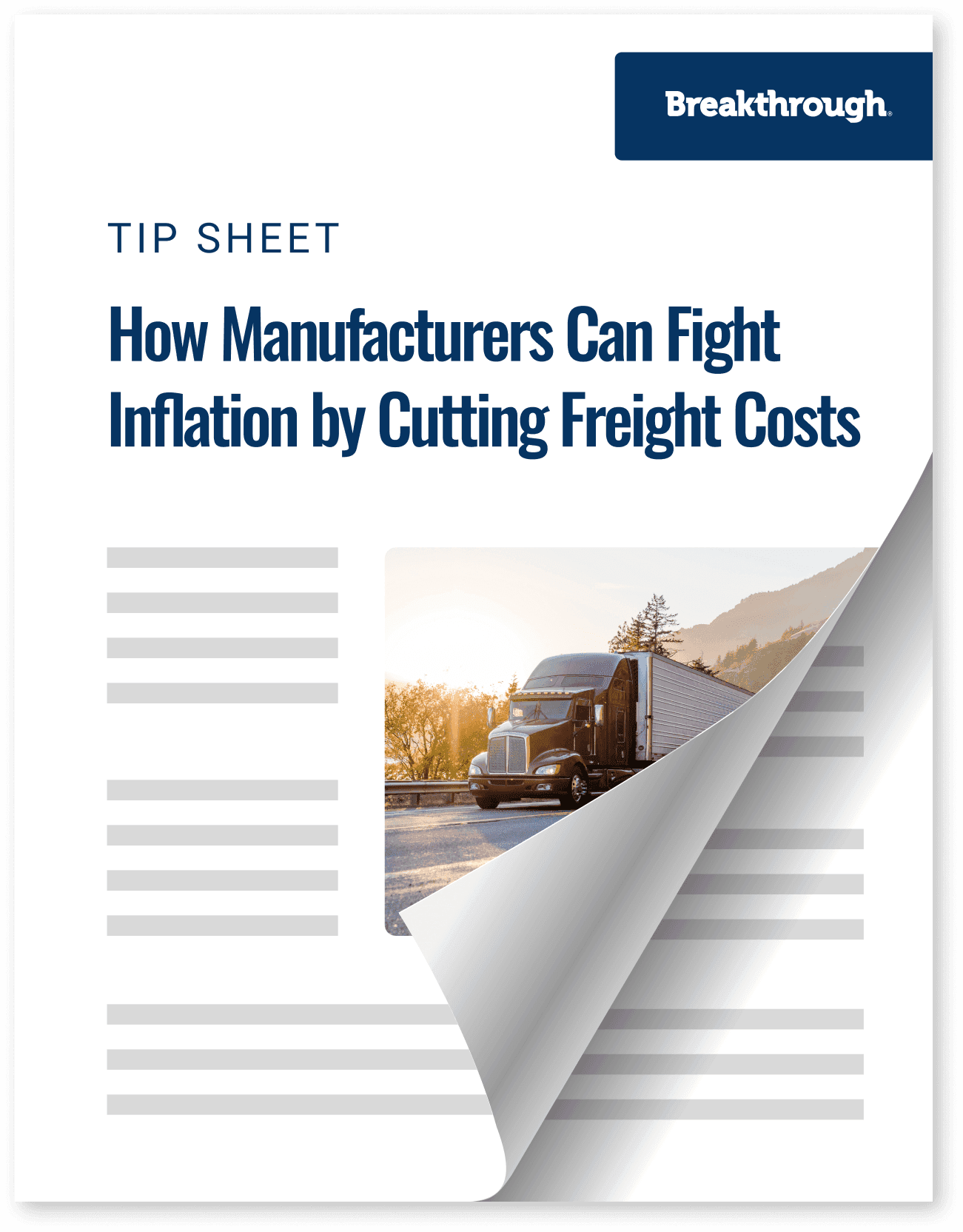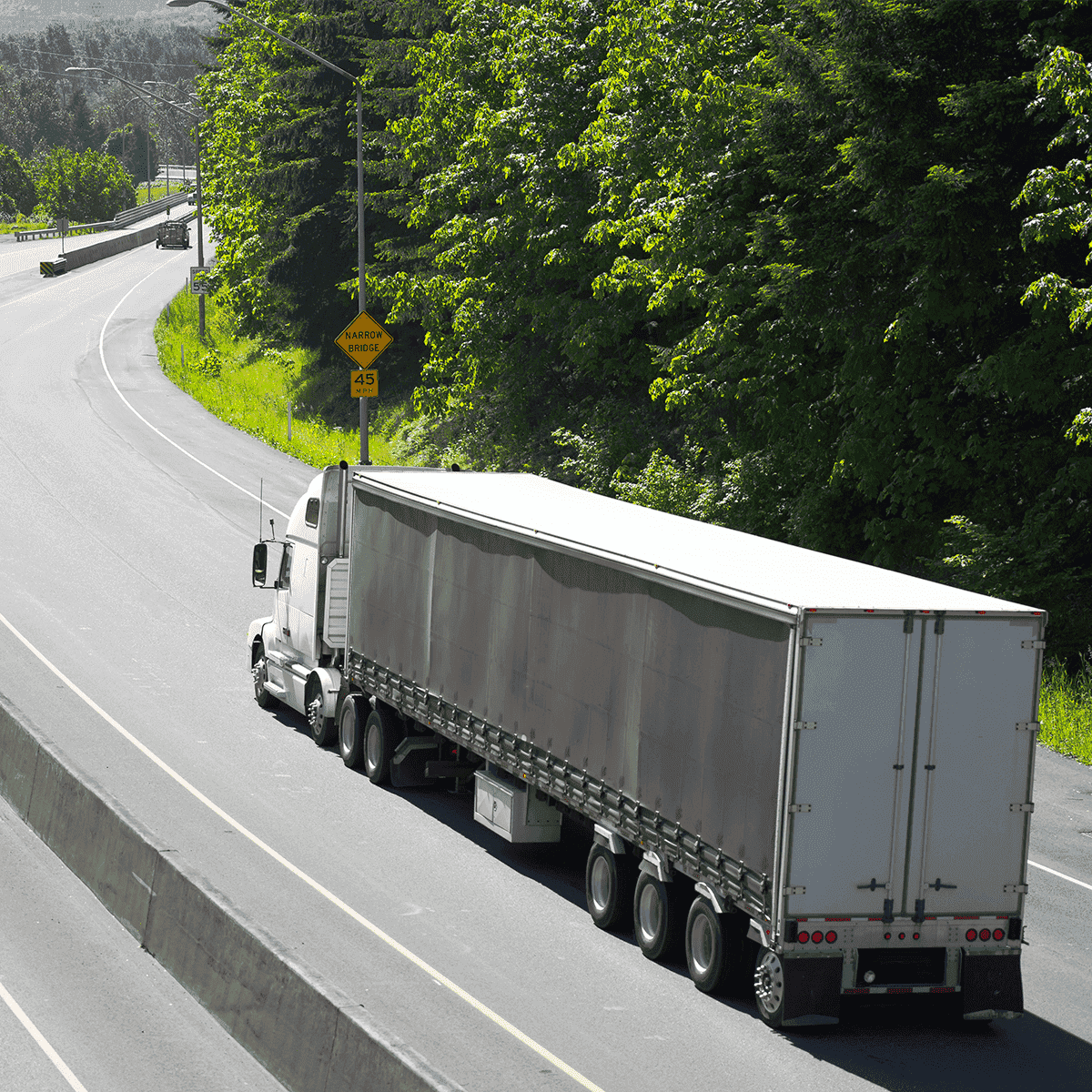Come i produttori possono combattere l'inflazione riducendo i costi di trasporto

Tendenza
Messaggi principali
Sostenibilità e tecnologia
Informazioni sul credito d'imposta per la produzione di carburante pulito 45Z
4 min di lettura
ottobre 3, 2025
Eventi di mercato
Perché i prezzi del diesel sono stabili quando il greggio è in calo?
5 min di lettura
ottobre 2, 2025
Eventi di mercato
Prepararsi alle nuove leggi californiane sulla divulgazione del clima
5 min di lettura
settembre 30, 2025
6 min di lettura
luglio 6, 2021

Condividi:
Indice
Sfoglia l'indice per passare direttamente alla parte che stai cercando
Per le aziende di ogni dimensione, la contabilizzazione delle emissioni di gas serra (GHG) è un'impresa complicata e variegata. Le sfide iniziali di sapere da dove iniziare, cosa quantificare e come strutturarlo generano un numero apparentemente esponenziale di nuove domande a cui rispondere lungo il percorso.
Quando si quantificano i gas serra, uno dei primi passi più utili e importanti è capire che le diverse fonti di gas serra - che tipicamente comportano la combustione di combustibili - rientrano in confini categoriali distinti. Questi confini, noti anche come "ambiti", fanno parte di un quadro più ampio per la contabilizzazione dei gas serra stabilito dal World Resources Institute nel Greenhouse Gas Protocol.
Attualmente esistono tre ambiti distinti all'interno di questo quadro, e le differenze tra gli ambiti 1, 2 e 3 esprimono vari livelli di controllo e influenza che un'organizzazione ha sulla fonte di emissioni. Comprendendo ciò che è incluso in ciascun ambito, le organizzazioni possono esaminare in modo critico le proprie attività per capire dove si verificano le emissioni maggiori e utilizzare questa conoscenza per trovare modi creativi per ridurre la propria impronta di gas serra.
Quando gli asset di proprietà o controllati di un'organizzazione e le operazioni in loco emettono gas a effetto serra, queste attività costituiscono la loro impronta di emissioni dell'ambito 1. Le emissioni di ambito 1 sono tutte quelle su cui un'organizzazione ha un controllo diretto e, in quanto tali, sono forse le più semplici da quantificare e rendicontare.
Esempi di attività classificate nell'ambito 1 includono le emissioni di carburante provenienti da mezzi di trasporto di proprietà e dalla produzione di energia in loco. Possono anche includere perdite non intenzionali da unità di condizionamento o refrigeranti. Le organizzazioni che gestiscono flotte private devono includere le emissioni di carburante per il trasporto all'interno di questo perimetro.
La rendicontazione delle emissioni di scope 1 è un requisito per la maggior parte dei programmi di divulgazione e riduzione dei gas serra, in quanto l'azienda che redige il rapporto ha il controllo e la responsabilità maggiori. I dati utili per determinare le attività di ambito 1 tendono inoltre a essere più semplici, perché generati internamente. Quando si cerca di ridurre le emissioni dell'ambito 1, le organizzazioni si concentrano in genere sul rendere più efficiente la tecnologia in loco.
Le emissioni di un'organizzazione sono considerate nell'ambito 2 se derivano dall'acquisto di elettricità, calore o vapore da un'altra parte, anziché essere prodotte dall'organizzazione stessa. Queste emissioni si verificano fisicamente presso la struttura in cui viene generata la risorsa.
Esempi di fonti di emissioni di ambito 2 includono l'energia acquistata per riscaldare o raffreddare le strutture di un'organizzazione, per caricare apparecchiature e beni elettrici o per alimentare centri dati remoti. Come illustra il grafico sottostante, sebbene i trasporti l'abbiano recentemente superata in termini di dimensioni, la produzione di energia elettrica è stata storicamente uno dei maggiori contribuenti alle emissioni di gas serra a livello mondiale.

Fonte: Energy Information Administration
Anche se hanno origine "fuori sede", le emissioni di portata 2 sono un aspetto distinto nella contabilizzazione delle emissioni di carbonio perché sono il risultato diretto dell'uso di energia e delle decisioni di acquisto di energia di un'azienda. Per questo motivo, la divulgazione delle emissioni di scopo 2 è anche un requisito per la maggior parte dei programmi di divulgazione e riduzione dei gas serra. Oltre a dare priorità all'efficienza energetica per ridurre la quantità di elettricità necessaria per l'acquisto, le organizzazioni spesso scelgono di mitigare le emissioni dell'ambito 2 sostituendo le fonti energetiche tradizionali a combustibile fossile con alternative più rinnovabili offerte dal loro fornitore di energia.
Mentre gli ambiti 1 e 2 si riferiscono alle emissioni che un'organizzazione possiede o su cui ha il controllo degli acquisti, il terzo ambito comprende molte più fonti potenziali. Le emissioni dell'ambito 3 comprendono essenzialmente le emissioni indirette di tutto ciò che non è incluso nei due precedenti confini.
Conosciuto anche come emissioni della catena del valore, l'ambito 3 comprende le attività sia a monte che a valle delle normali operazioni di un'azienda. Pur essendo una conseguenza delle decisioni prese da un'azienda, esse provengono da fonti non possedute né controllate da quest'ultima. Il diagramma seguente suddivide i diversi confini dell'ambito e illustra tutte le categorie di fonti incluse nell'ambito 3.

Infografica che separa i diversi tipi di fonti di emissioni, organizzati in base ai tre ambiti chiave che gli spedizionieri incontrano nella loro catena di fornitura.
A differenza degli ambiti 1 e 2, la quantificazione delle emissioni dell'ambito 3 non è richiesta per la maggior parte dei rapporti e delle comunicazioni. Sebbene ciò possa semplificare il processo, omettendo le emissioni dell'ambito 3 le aziende possono avere una visione incompleta della loro impronta totale.
Poiché si tratta di una categoria così ampia, le fonti di emissione dell'ambito 3 spesso costituiscono la maggior parte delle emissioni di gas serra di un'organizzazione. Per questo motivo, di solito offrono anche le maggiori opportunità di riduzione delle emissioni. Dalla collaborazione con i fornitori di trasporti per migliorare l'efficienza alla progettazione di un prodotto con un uso più sostenibile alla fine del suo ciclo di vita, sono molte le strategie disponibili per migliorare la sostenibilità della catena del valore.
Una volta stabiliti i confini delle emissioni di un'organizzazione, emerge un aspetto critico della contabilizzazione dei gas serra: disporre di dati accurati e affidabili per quantificare i gas serra all'interno di ciascun ambito. Senza dati affidabili, le emissioni degli ambiti 1, 2 e 3 sono solo concetti categorici.
Con l'accesso ai dati giusti, questi concetti categorici si trasformano in informazioni misurabili e quindi migliorabili. Ciò sottolinea l'importanza non solo di fonti di dati di qualità, ma anche di rapporti di collaborazione tra le organizzazioni e le aziende che compongono ogni fase della loro catena del valore. Partnership più forti portano a una migliore disponibilità di dati, e dati migliori portano a cambiamenti più impattanti e sostenibili.
A Breakthrough: siamo orgogliosi della nostra capacità di coltivare queste partnership critiche nel settore, portando dati chiari e soluzioni attuabili per informare le strategie di sostenibilità dei trasporti per i nostri clienti.

4 min di lettura
ottobre 3, 2025
Capire il credito d'imposta 45Z, le sue recenti modifiche e il suo impatto su RNG, diesel rinnovabile e biodiesel. Scoprite come influirà sui vostri obiettivi di sostenibilità.
Leggi di più
5 min di lettura
ottobre 2, 2025
L'andamento dei prezzi del gasolio rimane stabile nonostante il calo dei costi del greggio. Scoprite i fattori chiave, dai margini di raffinazione alle basse scorte, che determinano il mercato odierno.
Leggi di più
5 min di lettura
settembre 30, 2025
Scoprite i passaggi chiave per la conformità alla legge californiana sulla divulgazione del clima. Scoprite come prepararvi ai requisiti di rendicontazione delle leggi SB 253 e SB 261.
Leggi di più